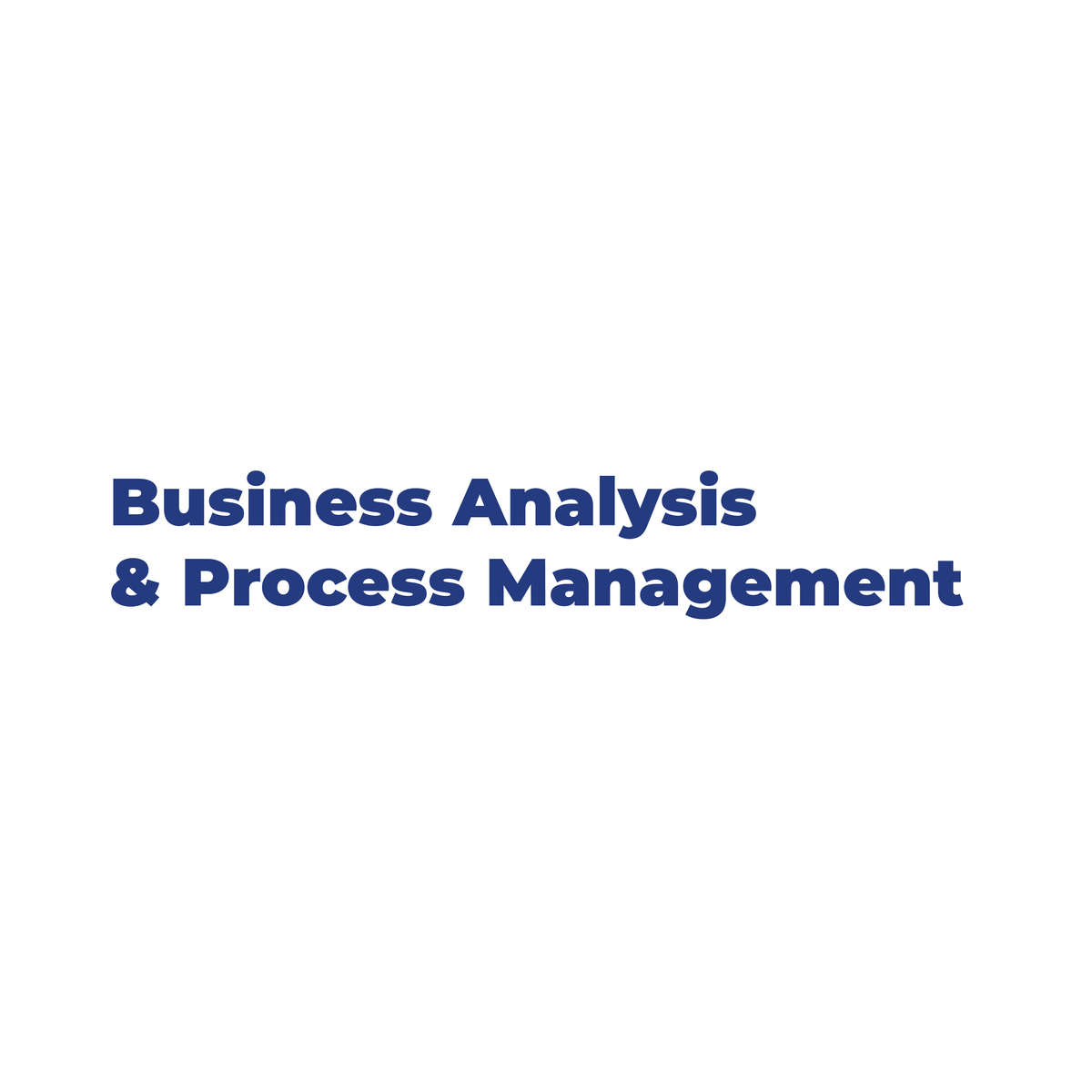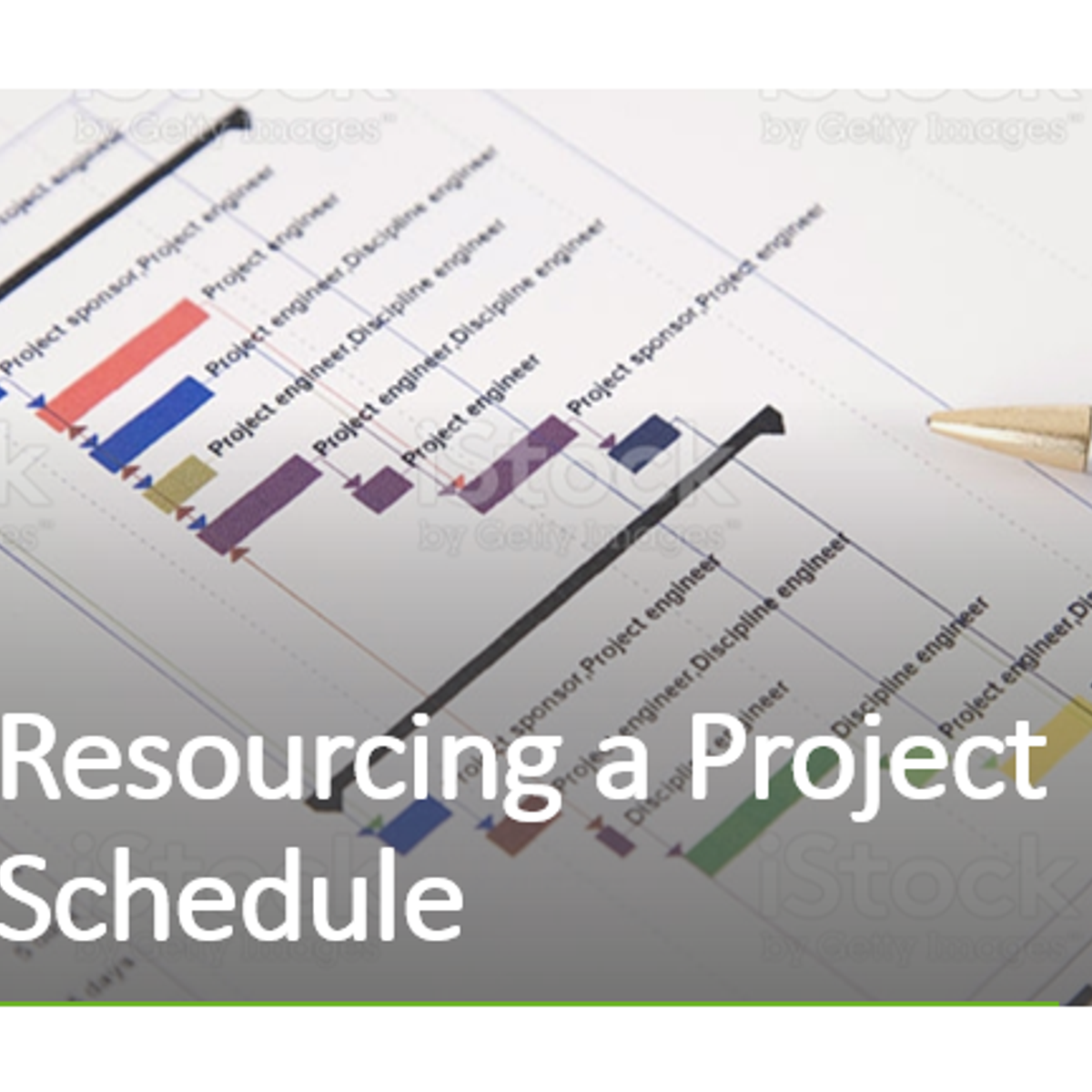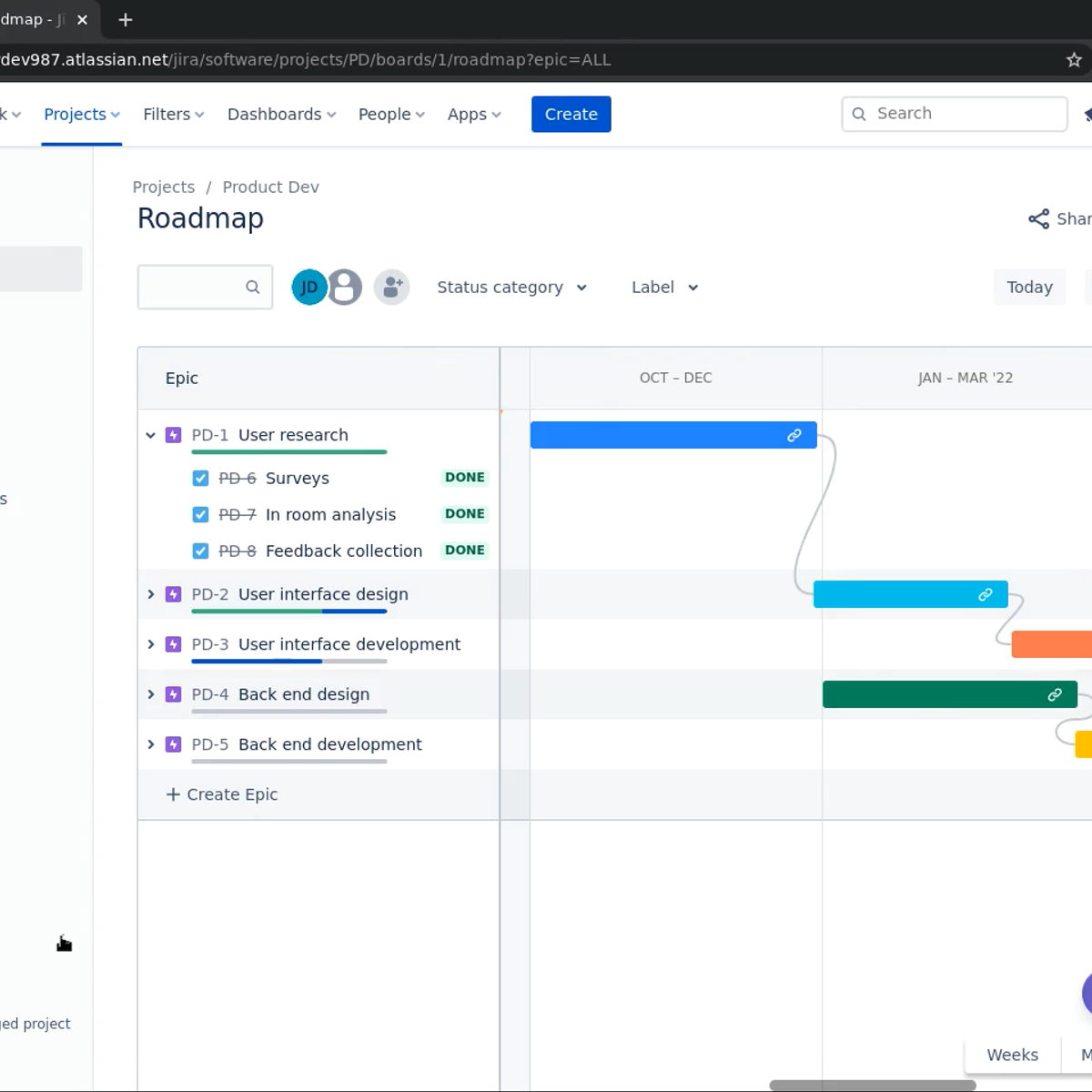Back to Courses









Leadership And Management Courses - Page 49
Showing results 481-490 of 600

Impact Measurement & Management for the SDGs
How can businesses and investors help fill the multi-trillion-dollar gap needed for sustainable development? Simply put: by incorporating sustainability and social impact factors on people and planet into management decisions. Through this course, anyone can learn to improve their organization's practice of impact measurement and management and align their ESG or impact activities and reporting with emerging global standards.
Impact Measurement and Management for the SDGs is a collaboration between UNDP SDG Impact and the award-winning team at CASE at Duke University. The United Nations Development Programme (UNDP) is a steward of the United Nations Sustainable Development Goals (SDGs) that were launched in 2015 and to which 193 countries have signed up to achieve by 2030. The SDGs are a shared plan to end extreme poverty, reduce inequality, and protect the planet; they have become the world’s blueprint to achieve a better and more sustainable future for all.
But the public sector cannot meet those goals alone. Climate change, poverty, racial and gender equity, food, health, education, clean water − the list of challenges faced by people and planet is too long. Businesses and investors have stepped in to help. The course was designed around the fundamental elements of the SDG Impact Standards, the only management standards that embed sustainability at the core of an organization in the holistic way intended by the creators of the SDGs. The course demonstrates how the SDG Impact Standards help organizations align with responsible business principles, other standards, and best practices in impact management.
In the course, you’ll learn to improve decision-making for positive impact on people and planet in line with the SDG Impact Standards and the Operating Principles for Impact Management. In the course, we have translated 4 universal practices of impact management into practical actions: SET STRATEGY, INTEGRATE, OPTIMIZE and REINFORCE. We teach the steps to implement these actions through short videos and lessons with concrete practical examples.
Professionals who know how to apply these sustainable management standards are increasingly in demand by institutions globally as they work to improve their performance and reporting around ESG and impact management. If you work or wish to work within an enterprise, a corporation, a fund that manages assets or an asset owner or advisory that oversees investment assets, or if you just want to learn more about impact investing, ESG, social finance or corporate reporting, this course will help you master the core concepts and practices in impact management for the SDGs and other impacts from enterprise and investor perspectives.
This course was written and is delivered by CASE Faculty Director Cathy Clark, and benefitted from extensive input from a larger team from UNDP, CASE, global academic advisors, and other experts. For a full list of acknowledgements, see: https://sites.duke.edu/casei3/for-practitioners/impact-measurement-and-management-for-the-sdgs-course/

Leadership Principles for Software Engineers
Sponsored by AMAZON WEB SERVICES (AWS).
Learn real-world software engineering management skills to succeed and impress in your first (or next) management role at elite engineering organizations. NANCY WANG, Director of Engineering and General Manager of AWS Data Protection Services and Founder, Advancing Women in Tech (AWIT), shares with you the engineering skills cultivated at AMAZON (the #2-ranked company in the Fortune 500), with supplemental practices from GOOGLE and MICROSOFT. Develop the skills and mental models that the world's best engineering managers apply to attract and retain world-class engineering talent.
Upon course completion, you will understand what world-class software engineering organizations expect of their managers, including:
* How to BECOME A MANAGER
* Whether MANAGERS or INDIVIDUAL CONTRIBUTORS make more money
* What is the difference between MANAGER EFFECTIVENESS and MANAGER QUALITY
* How to HIRE YOUR TEAM
* How to guide a team with TEAM GOALS

Game Developers and Esports Organizations
Before you can have an Esport, you must have a video game to play and a game developer to design it. This course is dedicated to discussing game developers and their relationship with their respective Esport. The content will help you recognize the qualities a video game must have to become a successful Esport. We will examine the diagram demonstrating the various competitive structures commonly found in Esports.
Esports, just like traditional sports, have their own professional organizations. These organizations strive to become successful businesses that win, make a profit, take care of their professional players, and attract a large audience. We will explore the factors that contribute to an Esports organization’s success, including branding, positioning, structuring the organization and funding sources.

Managing Human Capital in Retail
In this course, you will cover the fundamentals of human capital management with a focus on the retail industry. Professor Matthew Bidwell will start by examining the critical role that people play in creating value within any business, and will then assess how that value is fostered by various organizational practices. Professor Bidwell then does a deep-dive into some of the practices that drive organizational success: how to hire effectively; how to develop and retain a skilled workforce; and to motivate employees to contribute to organizational success. By the end of this course, you will have a better understanding of how human capital contributes to the success of the business, a critical role in shaping your organizational capacity.

Set Your Right Strategy with SPACE Matrix Analysis
By the end of this guided project, you will be able to analyze, and set the right strategic direction for your organization using the Strategic Position and Action Evaluation (SPACE) Matrix. SPACE Matrix is a strategic management tool that focuses on strategy formulation especially as it relates to competitive position of an organization. The axes of the matrix represent two internal dimensions ―Financial Stability (FS) and Competitive Advantage (CA), and two external dimensions―Environmental Stability (ES) and Industry Attractiveness (IA). Essentially, the four-quadrant framework indicates whether aggressive, conservative, defensive, or competitive strategies is the most appropriate for a given organization. We will use spreadsheet to sketch and analyze the framework to determine the best strategic position for our organization. Also, we will use an energy services company to practically demonstrate how the model works, as we analyze the company with the matrix. The project is for business leaders who want to set strategic direction for their organizations given the operational and environmental conditions they have to contend with. Also, for strategist who are interested in helping organization in making informed strategic decisions. At the end of the project, you will be able to design, analyze, and create a competitive advantage for your organization using the SPACE Matrix

Business Analysis & Process Management
This is a guided project for both beginners and professionals managing small to medium enterprises or working in the fields of business analysis & business process management. It provides you with the initial know-how of analyzing businesses from a process view which allows you to further develop the skill needed to create solutions to your current business problems.
By the end of this project, you will be able to: analyze business processes and find solutions to existing business problems; define your business processes, their objectives and how they flow within the organizational context; identify the different process stakeholders and their roles in your business processes; and evaluate the current business from a process view, break down the problems, and find an applicable business solution.
Note: This project works best for learners who are based in the North America region. We’re currently working on providing the same experience in other regions.

Esports Management Capstone Project
We will analyze the pros and cons of creating a single or multiple Esport organization and recommend an effective branding strategy for a hypothetical Esport organization based on current Esport branding considerations.
You will develop a plan for recruiting funding resources for a hypothetical Esports organization and choose an Esport organization role of interest, other than Owner, and describe your reasoning.

Resourcing a Project Schedule
In this guided project you will learn how add resources to your project schedule. You will start with your non-resourced project schedule. This is a schedule that was build by decomposing the lowest level elements of your WBS (representing Scope) to the necessary activities, sequencing them, and estimating their durations (BTW: we do have other Guided projects for how to do each one of these steps). Combing all this info, into a schedule. Now in this Guided Project you will add resources, (Human and non-human), consider resource relationships, and resource as well as project calendar, to optimize our schedule to our own project conditions.
Note: This course works best for learners who are based in the North America region. We’re currently working on providing the same experience in other regions.

How to use roadmaps in Jira
In this 1.5 hour guided project you will learn to use basic roadmaps in Jira, creating epics and issues, planning and visualizing timelines and assignments, editing progress and dependencies, adding labels and finally exporting and sharing the roadmap with project team mates and stakeholders.

Ignite Your Everyday Creativity
Creativity is an essential skill for the 21st Century that is innate in all people and can be nurtured. We constantly need new and better ideas for almost every aspect of our professional and personal lives. The goal of this course is to help you recognize, develop and act upon the creativity that you already possess. We will accomplish this using three methods: b aware, b inspired, and b creative.
Upon completion of this course participants will:
Recognize the inherent creativity in yourself and others.
Identify characteristics of a creative person that relate to yourself.
Develop creative problem solving skills using the basic elements of the creative process.
Examine qualities of a creative environment in real world settings.
Evaluate an idea using the creative product criteria.
Popular Internships and Jobs by Categories
Browse
© 2024 BoostGrad | All rights reserved


